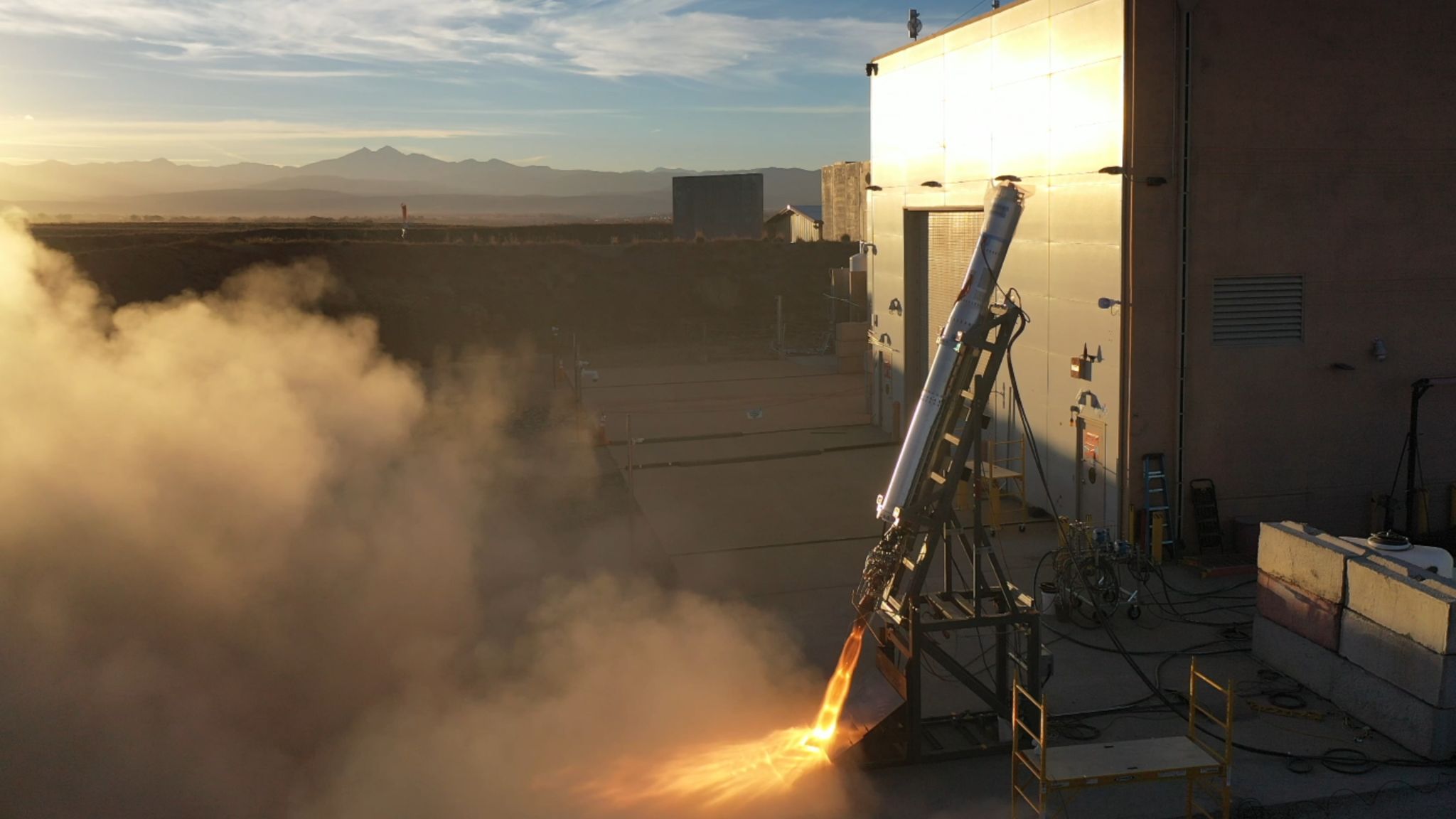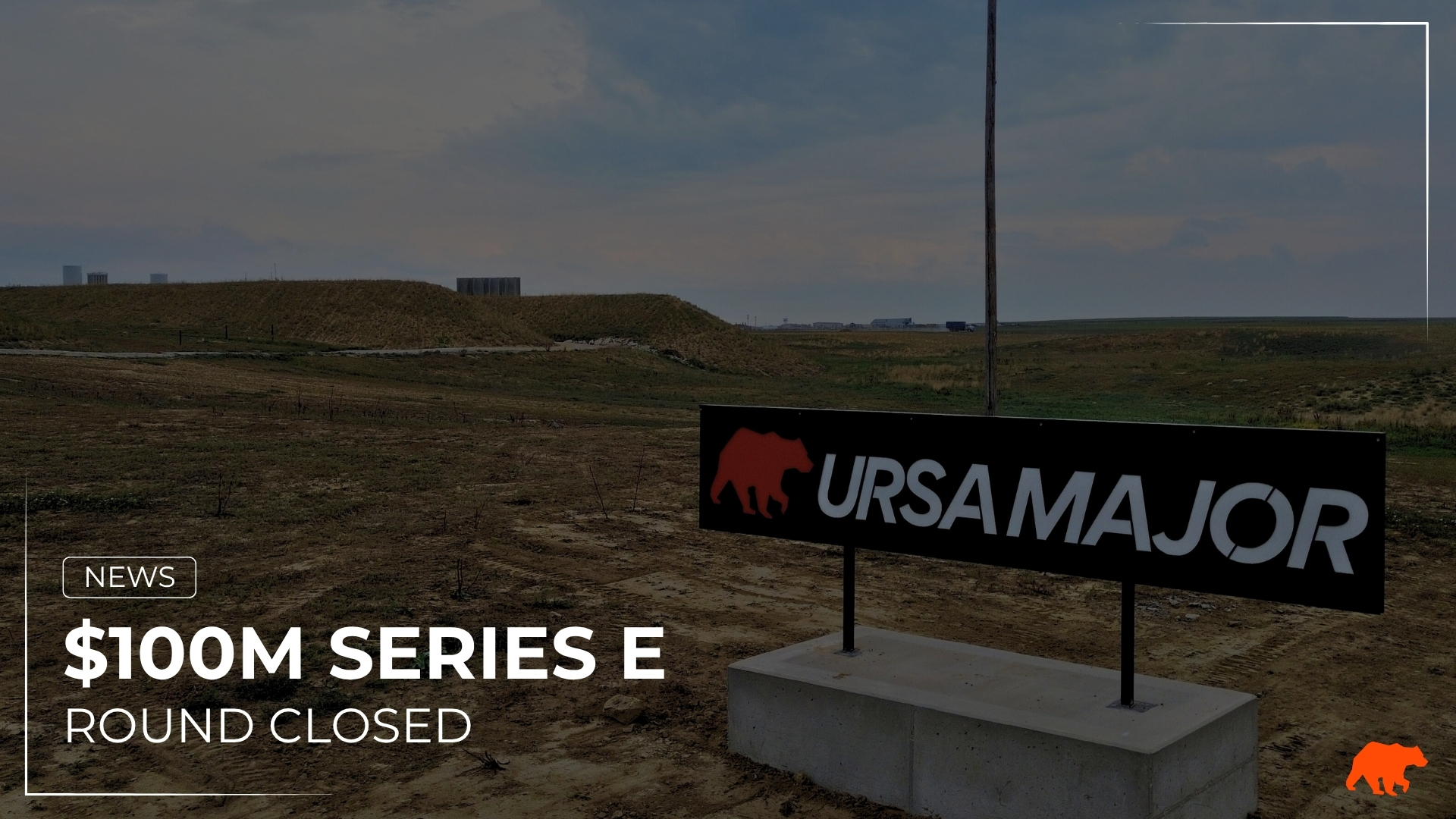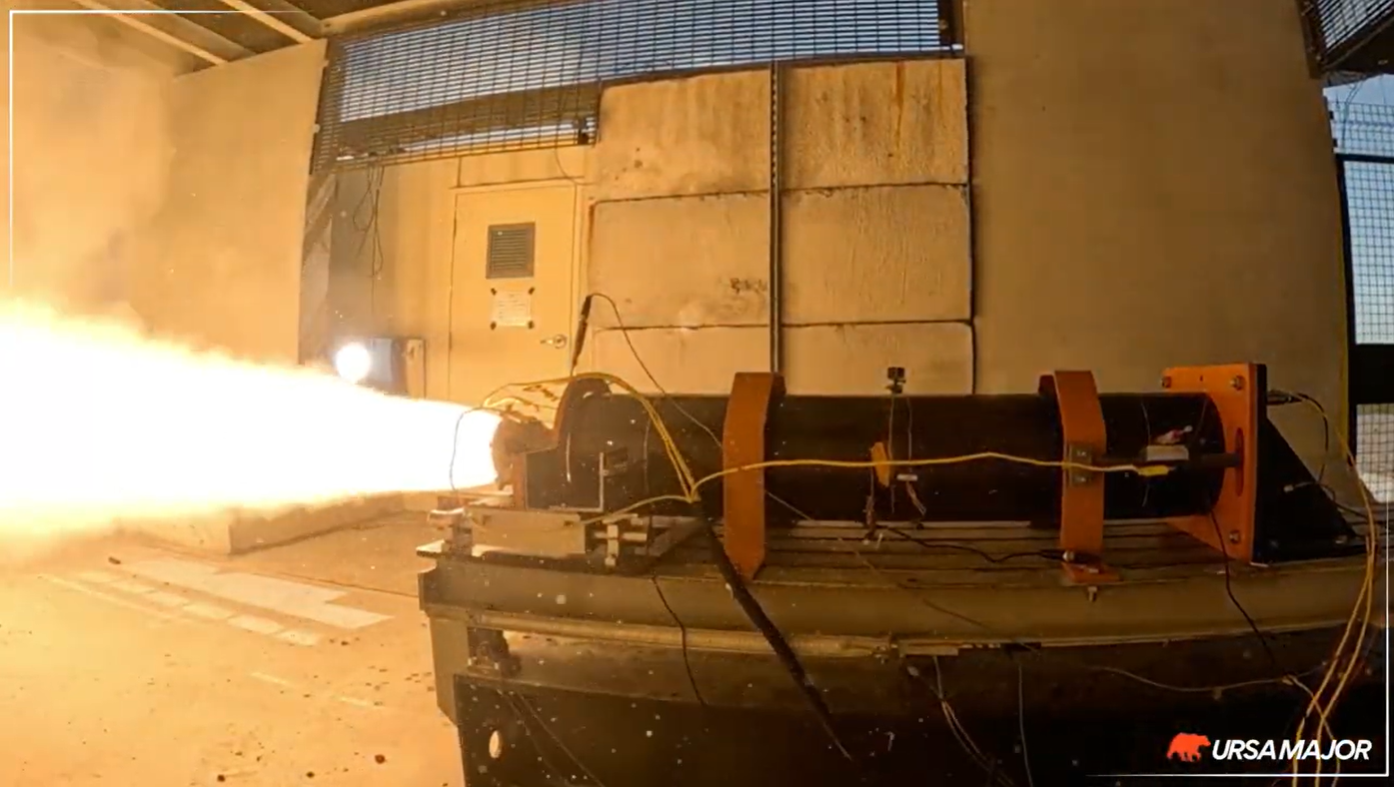
Three. Two. One. Here we go!
Three. Two. One. Here we go!
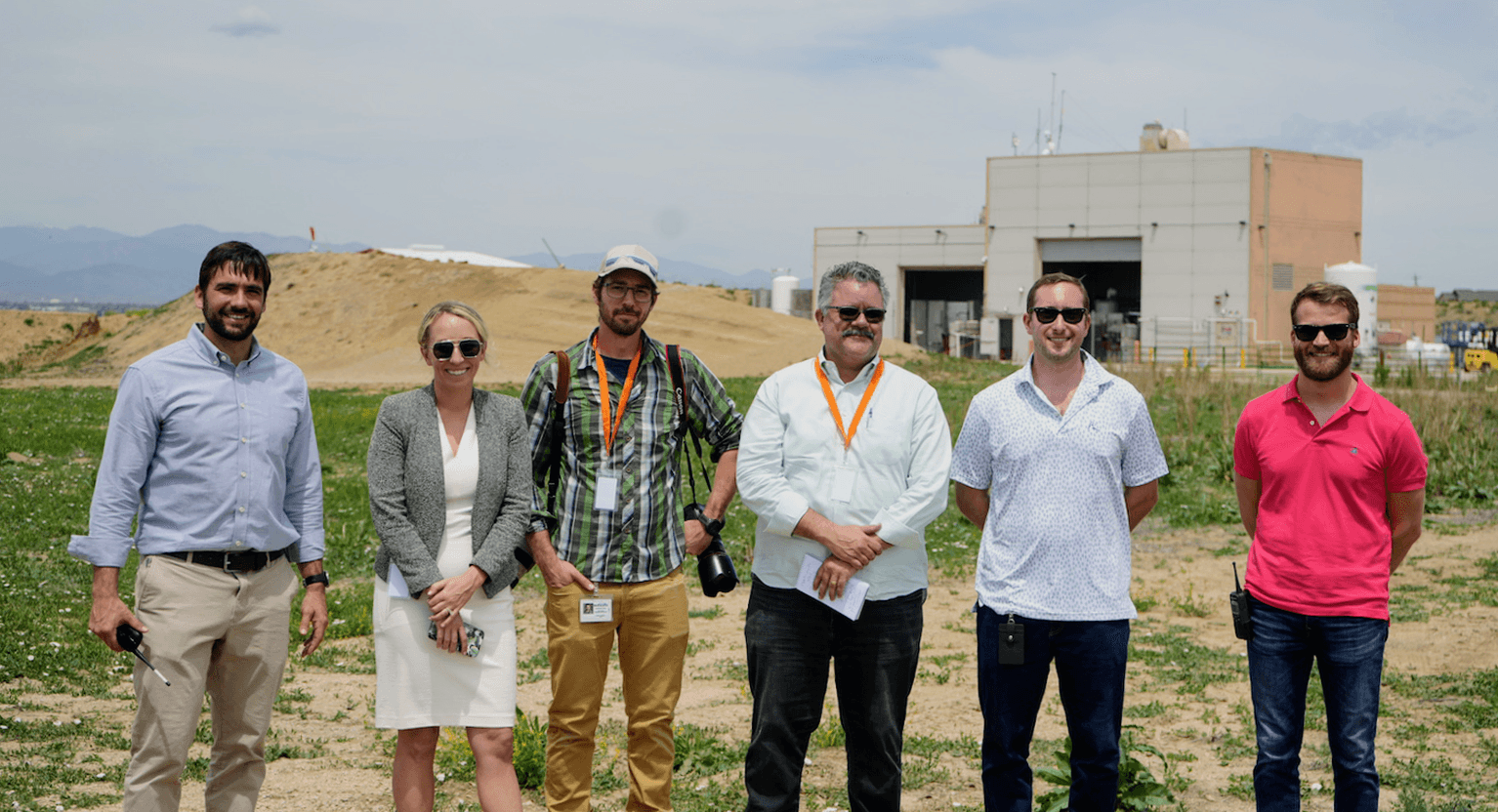
Hometown Journalists Visit HQ for a Hotfire Test
If you haven’t been to one in person, a hotfire test is really cool. Like, thundering in your chest, goosebumps cool. We do them daily in our 90-acre, all-in-one design, testing, and manufacturing facility in Berthoud, Co. But it doesn’t matter whether you’ve seen a hotfire test dozens of times or for the first time; the experience is the same.
Loud. Thrilling. Awesome
That’s why we were thrilled to host journalists from the Denver Gazette and CBS4 Colorado for not one but TWO hotfire tests of our 5,000-pound thrust Hadley engine. Hadley is the only rocket engine that has been qualified for both space launch and hypersonics. It’s already on deck to power Phantom Space’s two-stage Daytona rocket and Stratolaunch’s Talon A hypersonic testbed vehicle.
“Ursa Major is proud to be a Colorado-based company and excited to show off our headquarters,” said Sarah Ramuta, general counsel. “We want Ursa Major to be an open and welcoming part of the community.”
So, What Exactly is a Hotfire Test?
A hotfire test is when we actually fire the engine to see if it works, using stationary test stands attached to propellant tanks. Throughout the engine development process, we use digital simulations to test designs, but there is no substitute for real propellants flowing into the turbomachinery.
Unlike other companies that use pressure-fed tanks to get fuel into their engines during tests, Ursa Major engines draw propellant in the same way as if they were aboard an actual rocket.
Types of tests vary depending on the engine’s stage of development. In the early or “development” stage, we use an iterative process that goes something like this: design, manufacture and test components and materials, build and test the engine, evaluate the data, and either accept or reject the design. Then we lock in the engine design.
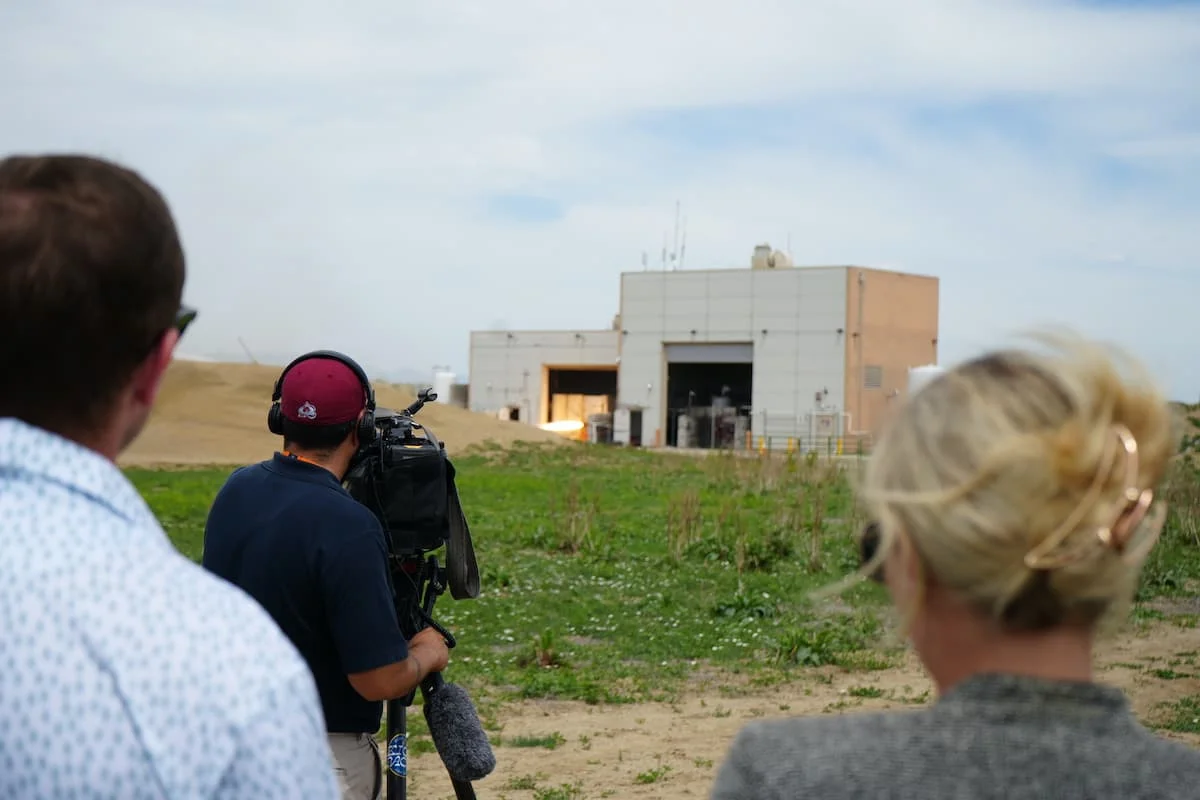
The next phase is qualification testing, which ensures that the engine can handle the full spectrum of contingencies possible across the range of environments and missions that the engine could experience. This is rigorous testing on a single engine. Once the engine design passes qualification, we take the engine into production.
In production, we execute an acceptance test plan (ATP) for every customer engine before we ship it to the customer. ATP testing involves a pre-determined set of test parameters to ensure that the engine is working properly after manufacturing.
Throughout this process, we are collecting data that teaches us ever more about the engine and how to improve it. A big part of our vision is to continuously improve our products, so we are almost always running development tests to try out new components to improve future versions of our engines. The data includes the mass flow rate of propellants, temperature, pressure, thrust, gimbal angle, and specific impulse (ISP, or the measure of efficiency of the engine). A variety of sensors transmit the data so that we can test values from multiple parts of the engine. High-speed cameras also capture the action.
Today, we did two tests – a 40-second development test on an engine we built for the sole purpose of testing new components, and a 35-second activation test on an engine that we will ship to a customer. For the customer engine, this was the first test of ATP and the first time this engine was ever fired.
“Ursa Major tests its engines as early and as often as possible to identify real-world issues that don’t reveal themselves during simulations,” explained Dan Decker, chief of staff at Ursa Major.
To date, we’ve completed more than 1,000 hotfire tests.
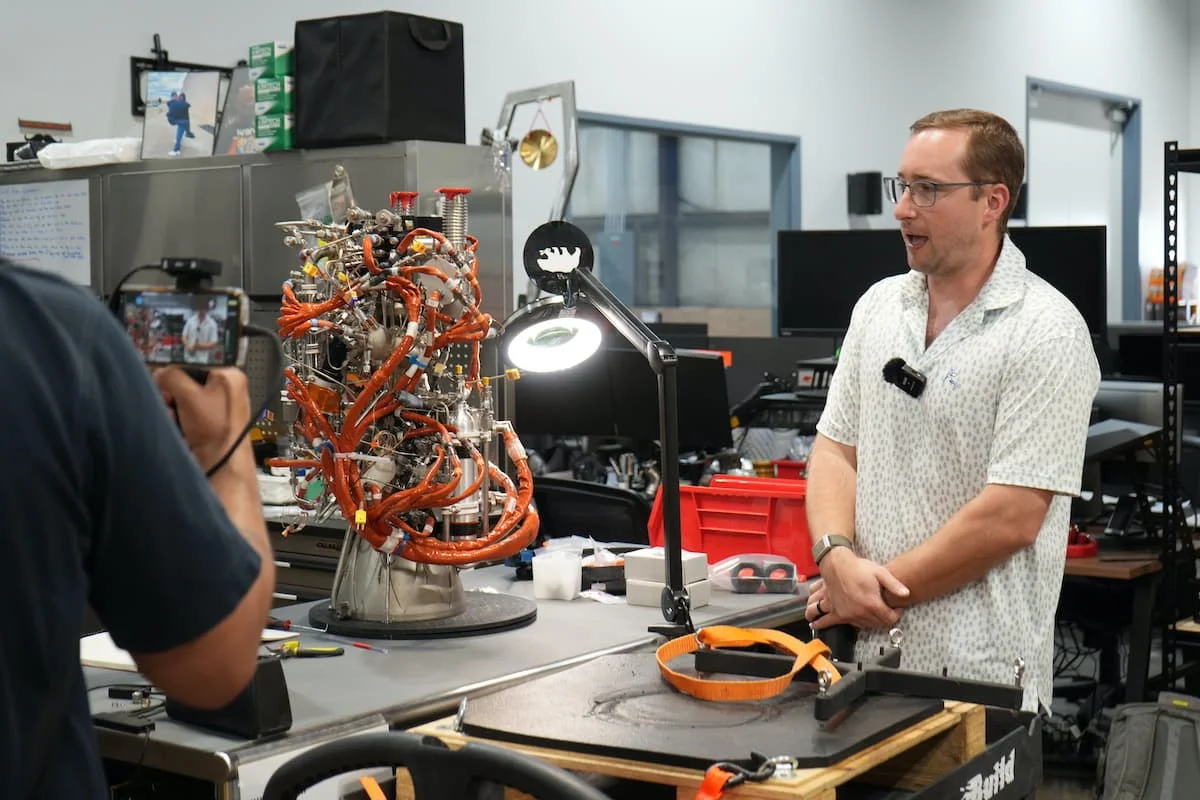
Behind the Scenes Tour
Dennis Huspeni, business reporter at The Denver Gazette; their photojournalist, Tim Hurst; and Michael Abeyta, multi-media journalist at CBS4 were given a VIP tour of our campus in Berthoud. They saw our team members in action in the manufacturing and machining rooms and got a look at the construction that will eventually be additional manufacturing and workspaces. Founder and CEO Joe Laurienti and VP of engineering Bill Murray provided color throughout. Senior propulsion technician extraordinaire Margo Vriesinga demonstrated Ursa Major’s bespoke approach to assembling engines.
“Our employees enjoy meeting the people whose work they see on TV and read online in person,” said Dan. “The insightfulness and technical nature of their questions were impressive, especially considering that both Dennis and Mike cover multiple topics, industries, and companies.”
Come Again Soon!
We appreciate these busy people taking their time to visit Berthoud to see what we’re up to. It’s fun for us to watch you work.


